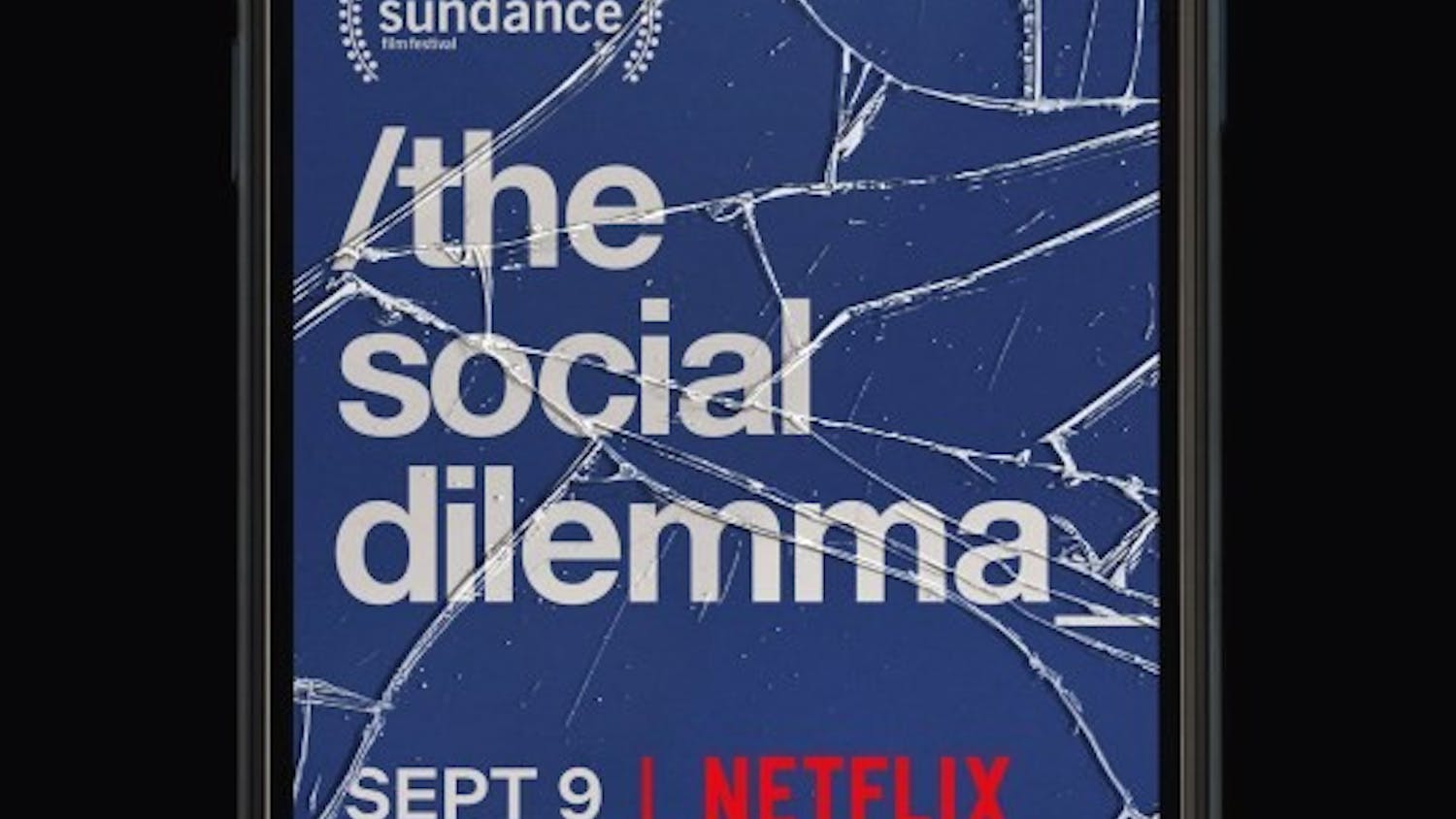Don’t you hate when you see that one kid staring at his phone as he aimlessly wanders around a sidewalk, bumping into trash cans, walls and people? Like, seriously, can’t that person leave his phone alone for five minutes so he can walk in a straight line like every other decent pedestrian out there?
Well, if you’ve seen this person or people like him walking in a crooked path, nearly bumping their head on a brick wall or tripping over a dog, chances are that this person is me. I have had my iPhone for nearly a year now, and I still bow to its power whenever it is in my possession, which is every second of the day (apart from when I’m in the shower). Even still, when I am in the shower, I sometimes feel my thigh, thinking I have a phone in my pocket. OK, I haven’t actually done that last one... yet.
To be honest, since I have started writing this piece, I have already checked my phone 11 times, and this is only the third paragraph.
My point is I, and many of my peers, have become so dependent on our phones and so overcome by the command phones have over us, that we are simultaneously losing even basic human functions, like walking in straight lines and having attention spans that last more than six seconds.
Although the pandemonium and controversy surrounding smart phones is certainly not a novel issue, I would like to offer a proposal of what the world may look like in 50 years once every man, woman and child in the free world is in possession of one of these devices (by this time, ‘phone’ may even be an obsolete term, as I already only use this machine for its phone capabilities one in every 31.7 times it leaves my pocket).
Most people with some foresight understand it’s unlikely that newspapers will still be in print roughly 50 years from now. My guess is there won’t be any news articles whatsoever. In their place, we will only get Twitter updates from celebrities. Unless a message can be communicated in 140 characters or less, people will deem it too brainy and mentally demanding to read it.
Also, it will become commonplace to wear helmets and knee pads when people make the rare trip outside of their own homes. These forms of protection will protect against the otherwise inevitable physical traumas of walking into walls and tripping over inanimate objects. Of course, these helmets will also be replete with bluetooth and Siri, so that even if you need to pull out your phone to get the latest scoop on your Twitter feed, you could avoid some bumps and bruises by speaking to the microphone above your head. This action will also be commonplace. People won’t think you’re weird if it looks like you’re talking to yourself; they will think you’re weird if you aren’t because it means you either have no one to talk to, or you’re inept at using Siri.
Two roads diverge here. One is the dour window into 2063 that I have outlined, which by the way, is not hyperbolic in the least. The other is the one in which we wait to read news articles until after we are sitting in an upright position in a place conducive to reading them, instead of the walk to class or from the SERF. Better yet, we will read the actual, physical newspaper to get our information, maybe with a companion next to us whose thoughts we can pique afterward, as real people once did.
I am most certainly a culprit in perpetuating the impending rise of the Twitter-dependent, helmet-wearing world in which we may one day live. But I think if we become more cognizant of how ridiculous we look when we nearly bump into walls, as I most often am not, then the latter road can be more traveled, and that will make all the difference to the length of our attention spans.
How many trash cans have you walked into today? Share it with Zac at pestine@wisc.edu.





